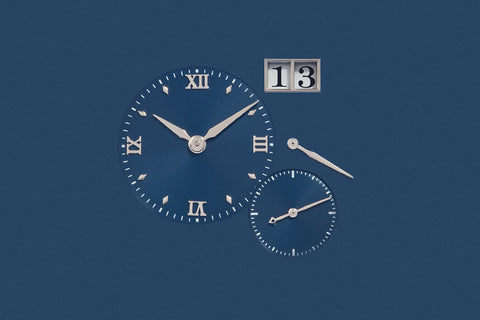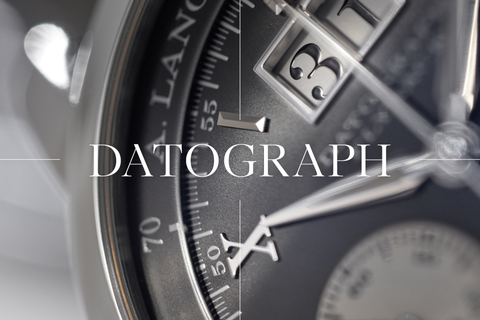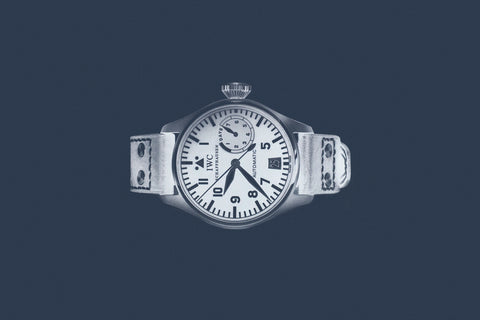The name Lange has been tied to watchmaking and the Saxony area of Germany for centuries. In the 1800s, Ferdinand Aldoph Lange – which is where the “A” in A. Lange & Söhne comes from – began his watchmaking journey under the tutelage of master watchmaker Johann Christian Friedrich Gutkaes. Passed from father to son, the Lange name flourished, before encountering considerable obstacles during the 20th century.
In 1990, the brand was resuscitated by the great-grandson of Ferdinand Adolph Lange, Walter, and watch industry veteran, Günter Blümlein. A Nuremberg native, Blümlein grew up in post-War Germany, had previously overseen the resurgence of IWC and Jaeger-LeCoultre. This started the four-year journey that Lange and Blümlein would go on with their small team to bring the company back from the ashes, with the release of their first four models on the 25th of October 1994. Today, the Lange 1 is one of the most distinctive watches in modern consciousness.
Introduced in 1995, this A. Lange & Söhne Lange 1 reference 101.002 is a particularly early example of the reference, as it has a closed caseback. The first Lange 1 pieces were produced with solid casebacks, as it wasn’t the norm to openly display movements at the time. It is understood that the solid caseback can be found on watches produced between 1994 and 1997, before A. Lange & Söhne fully transitioned to sapphire, following requests from clients who wanted to admire the finely finished movements.
Some of the features that further highlight the fact that the piece is a very early example include the fact that it has a small “Made in Germany” line of text printed below the sub-dial in a sans-serif font with a more condensed format. Later examples are printed in ‘Engravers MT’, a serif font, which have a noticeably thicker lettering compared to the font found on this piece, while the text is more spread out. Further subtle differences can be found in the fact that the umlaut above the “ü” in “Glashütte” is slightly separate from the letter itself or that the “I” in “I/SA” (“In Sachsen” - “in Saxony”) sits above the halfway point of the slash, amongst a few other details.
More generally speaking, this Lange 1 reference 101.002 bears most of the classic styling that would later come to define the series, such as the asymmetric dial design and carefully designed date windows, which were inspired by the Five-Minute Clock at Semper Opera House in Dresden. The proportions of the watch have been carefully calculated according to the Golden Ratio, creating an instantly recognisable layout. The integration of blued hands against a silvered dial is a further unusual detail for the period that sets the watch apart.
The piece is powered by the calibre L901.0, based on a Jaeger-LeCoultre caliber 822 gear train that Günter Blümlein brought over. The aesthetics of the movement are just as impressive as the mechanics, with chamfering and interior angles superbly hand-finished. Moreover, it features an artistic flourish, a balance-cock engraved by one of Lange’s master engravers. In fact, each individual watchmaker's unique engraving style can be identified as a result. The bridges and plates are made from German silver, an alloy of copper, nickel and zinc, with a warm silver tone that will develop a subtle patina over time.
If sold within the United Kingdom, this A. Lange & Söhne Lange 1 will be subject to 20% VAT





















































































































































































































